将棋について
将棋の歴史と文化
Shogi: History and Culture
将棋は、日本で発展したボードゲームで、敵陣に攻め入り「王(玉)」を詰ますことを目指します。持ち駒を盤上に打てる独自のルールがあり、読みと戦略性が高いのが特徴です。
Shogi is a Japanese board game where players aim to checkmate the opponent’s King. Its hallmark is the ability to drop captured pieces back onto the board, creating deep, dynamic strategy.

起源と広がり
インドのチャトランガに源流を持つとされ、平安時代頃に日本へ伝来。江戸時代に現在の形が整い、現代ではプロ棋戦やアマチュア大会、子ども教室まで幅広く親しまれています。
It is believed to have originated from Indian Chaturanga and reached Japan around the Heian period (8th–12th century). Its modern form took shape in the Edo period and remains widely played—from professional tournaments to school clubs.
用意するもの
- 将棋盤(9×9の升目)
- 駒一式(各20枚:王将・金将・銀将・桂馬・香車・飛車・角行・歩兵)
- 対局時計(任意)・駒台(任意)
You’ll need a 9×9 board and a full set of pieces (20 per side), plus an optional clock and piece stands.
基本ルール(超概要)
- 先手・後手が交互に1手ずつ指す
- 自軍の駒の動きに従って進め、相手の王を詰ませたら勝ち
- 取った駒は自軍の駒として盤上の空点に「打つ」ことができる
- 敵陣(相手の陣の3段)で多くの駒が「成り」によって強化できる
Players alternate moves; checkmate wins. Captured pieces can be dropped back as your own, and many pieces can promote in the opponent’s territory.
駒の動き(概要)
基本の駒 / Basic Pieces
- 王(玉):上下左右斜めに1マス
- 金:斜め後ろ以外の6方向に1マス
- 銀:前3方向+後方左右斜めに1マス
- 桂:前方の「桂馬跳び」(二マス前の左右)
- 香:前方に何マスでも
- 歩:前に1マス(成ると金と同じ動き)
King: 1 step any direction. Gold: 1 step except backward diagonals. Silver: 1 step to the three squares in front and the two backward diagonals. Knight: jumps two forward and one sideways. Lance: any squares forward. Pawn: 1 forward (promotes to Gold move).
大駒と成り / Major Pieces & Promotion
- 飛車:縦横に何マスでも(成=龍王、+斜め1マス)
- 角:斜めに何マスでも(成=龍馬、+縦横1マス)
- 成り:敵陣での着手で多くの駒が成れる(銀・桂・香・歩・飛・角など)
- 持ち駒の打ち方:盤上の空点に自軍の駒として打つ(二歩=同じ筋に自分の歩を二枚並べる手や、打ち歩詰め=歩を打って即詰みにする手は禁止)
Rook: any squares orthogonally (promotes to Dragon adding king-like diagonal step). Bishop: any squares diagonally (promotes to Horse adding king-like orthogonal step). Be mindful of illegal drops such as two Pawns on a file (“nifu”) or dropping a Pawn to give immediate checkmate (“uchi-fu zume”).
上達のコツ
- 玉の囲い(美濃囲い・矢倉など)で守りを固める
- 駒の効きを重ねて攻めの拠点を作る(歩の突き捨て・桂の跳ねなど)
- 寄せは詰めろで迫る:毎手詰みに近い脅威をかける
- 定跡の導入と詰め将棋(3手詰〜)で終盤力を鍛える
- Build a castle (e.g., Mino, Yagura) to secure your King.
- Coordinate piece activity to create attacking bases.
- Finish by setting up continuous threats (tsumerō).
- Study openings lightly and practice mating puzzles.
マナー
- 「待った」は事前に合意した場合のみ
- 駒は静かに置き、対局相手への配慮を忘れない
- 子どもと遊ぶ場合は持ち駒の扱い・禁手をやさしく説明
- Allow take-backs only if agreed beforehand.
- Place pieces gently and respect your opponent.
- Explain drops and illegal moves kindly to newcomers.
Q&A(よくある質問)
何人で遊ぶ? / How many players?
基本は1対1です。観戦や指導対局も盛り上がります。
It’s a one-on-one game; coaching or simultaneous exhibitions are also fun.
持ち駒はいつでも打てる? / When can I drop pieces?
自分の手番ならいつでも、空いているマスに打てます(禁手に注意)。
On your turn, you may drop a captured piece on any empty square (watch for illegal drops).
先に覚えるべきことは? / What to learn first?
駒の動き、成り、二歩などの禁手、簡単な囲い・端攻めを覚えると実戦が楽しくなります。
Start with piece moves, promotion, illegal drops (like two Pawns), and a basic castle/opening plan.
子ども向けアレンジは? / Kid-friendly variants?
持ち時間なし・待ったあり・駒落ち(上級者が駒を減らす)などで楽しく学べます。
Try no time limit, allow take-backs, or use handicap games to balance skill levels.
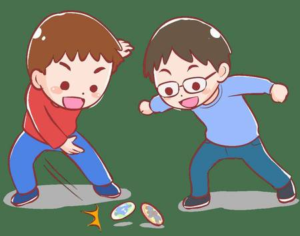
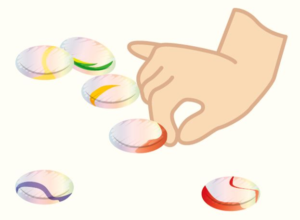
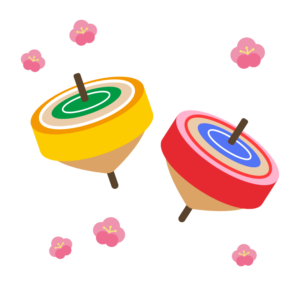
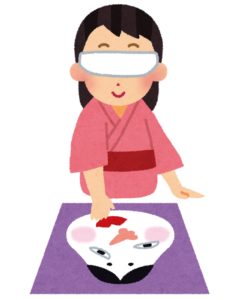

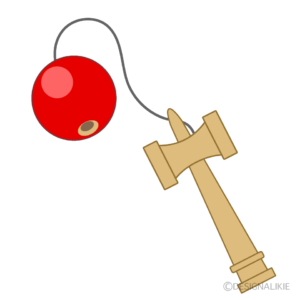


コメント